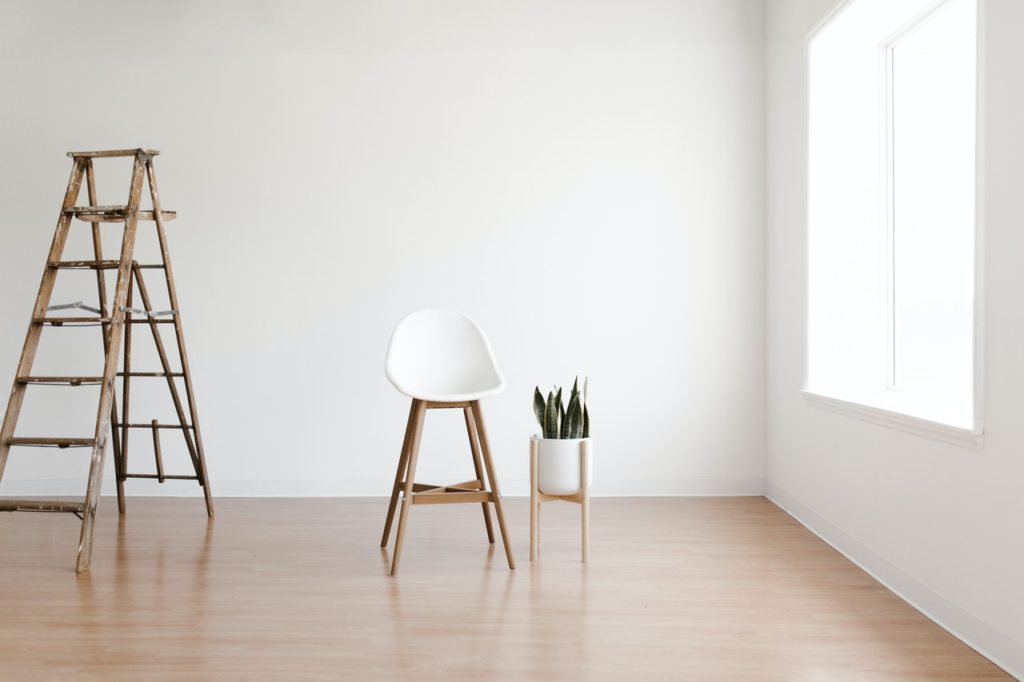Shaker-style furniture is simple, elegant, and known for its simple, clean lines. It originated from a religious movement in the 18th century called the United Society of Believers in Christ’s Second Appearing, also known as the Shakers. By faith, they valued the design principles of truth to materials; form follows function, and beauty for beauty’s sake.
Shaker furniture was originally constructed using the traditional woodworking joints of the day, including dovetails, mortise-and-tenon, and half-lap joints. Still, with the onset of the industrial revolution, the Shakers bypassed these methods and adopted machine manufacturing techniques, including turning and lathing machines that could cheaply produce repeated pieces.
The Shakers’ techniques also incorporated other technological advances such as steam-bent, painted chair seats and bentwood rockers, which were created by steam-bending thin pieces of wood, a process that imparted a unique, organic appearance to the chair backs and seats.
Identifiable Traits
You may be able to recognize this type of furniture by its extensive use of solid, plain wooden furniture, all of which are also present in the Shakers’ interiors. This was done due to their goals of furnishing an entire home with a minimalist approach, from the table and chairs in the dining room to the small closet in the bedroom.
Although they were made cheaply and quickly, traditional Shaker furniture was intended to be functional, simple, and very durable. Many pieces were built to last for generations, and original Shaker furniture may still be found today in reconstructed Shaker villages and museums.
A Short History
Shaker furniture also made two significant contributions to the field of architecture. Firstly, in the 1820s, the Shakers introduced a new building style that became popular within the communities in New England, known as the Shaker style.
This style of architecture was characterized by the use of larger glass windows and ornamentation such as small-scale applied trim. Secondly, the Shakers constructed the first American building using cast-iron columns to support the roof, which allowed for wider interior spans and larger windows.
Due to the Shakers’ ability to make plain, sturdy furniture, several Shaker-style pieces were made outside of their communities. During the 19th century, plain, simple Shaker-style furniture became popular among a wider audience, including the United Society of Universalists, the Amana Society, and the Dunkers.
A Long-Lasting Legacy
Their signature furniture style enabled the Shakers to establish several communities in the 18th and 19th centuries in the New England region of the United States. Many of these settlements still exist and are open to the public. Still, their populations are relatively small: Canterbury Shaker Village, the last active Shaker village in the world, is still inhabited by a small number of Shakers.
Other Shaker villages in New England, such as Sabbathday Lake Shaker Village, United Society of Shakers in Canterbury, Maine, South Union Shaker Community, Enfield, New Hampshire and New Gloucester, and Maine have been restored by non-Shaker organizations such as the American Shaker Society, and today provide a glimpse into Shaker life. Some of the furniture built by Shakers remains in use in these communities.
Conclusion
Shaker-style furniture may not be a mainstream choice for many, yet, its rich history and simplistic designs are definitely a must-see if you are planning to have durable and sophisticated interiors.
It isn’t so much about its aesthetics that makes it stand out from the rest, but rather, its amazing origins and the humble way it is made that makes it an excellent choice for bigger, luxurious homes. Feel free to purchase a few of them and see the difference that they make.
If you are looking for a reliable source of custom wood furniture in Surrey, look no further than our amazing pieces here at Knock On Wood Furniture Gallery. We offer a wide range of custom-built setpieces to fit your needs, including sofas, high-end mattresses, and accessories.

